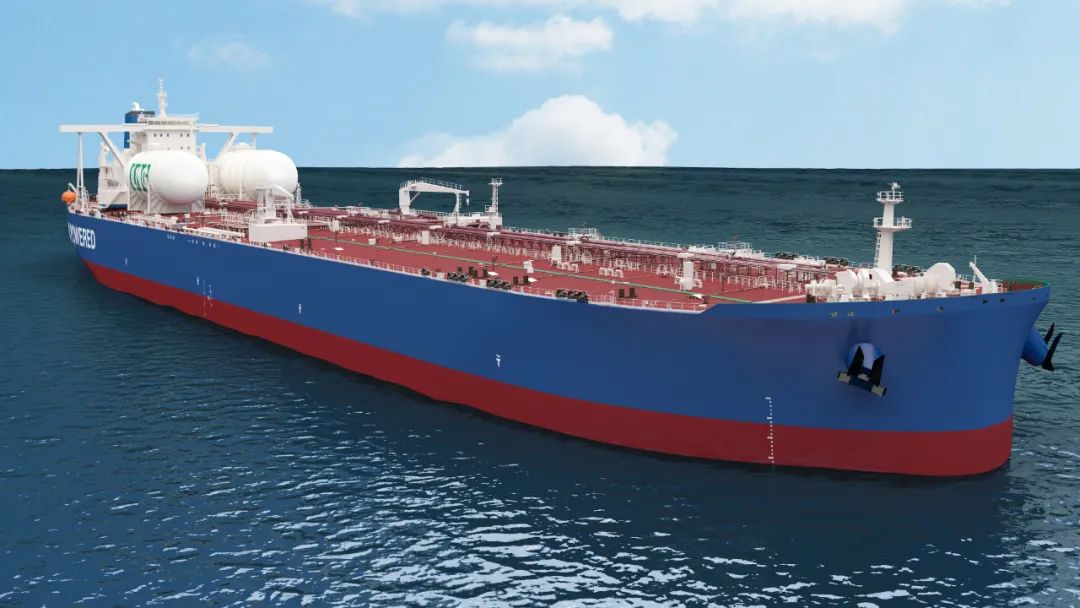As the marine industry continues to seek cleaner and more efficient alternatives to traditional fuels, the dual fuel supply system has emerged as a cutting-edge solution. Designed to accommodate multiple fuel types—typically natural gas alongside conventional diesel fuel—this system allows vessels and diesel engines to operate with greater flexibility, improved efficiency, and reduced environmental impact.
This blog explores what a dual fuel supply system is, how it works, and its vital role in the transformation of modern marine propulsion technologies.
A dual fuel supply system is an advanced fuel system that enables an engine—commonly a dual fuel engine—to run on two types of fuel. These systems are primarily used in diesel engines modified or built to burn both natural gas and diesel, either simultaneously or independently.
In the marine sector, this system is particularly valuable for meeting international emissions regulations while maintaining operational performance across long distances.

Dual fuel engines are typically compression-ignition engines that use diesel fuel as a pilot ignition source while the main energy comes from an alternative fuel like LNG (liquefied natural gas), methanol, ammonia, or even hydrogen.
The electronic controls within the system manage fuel injection timing, pressure, and fuel mixture ratios, ensuring optimal engine performance whether the engine is operating in dual-fuel mode or in diesel-only mode.
The adoption of dual fuel supply systems is accelerating across the marine sector:
The dual fuel supply system is reshaping the future of marine propulsion. By enabling vessels to burn cleaner fuels like natural gas, LNG, methanol, ammonia, and hydrogen alongside conventional diesel fuel, this technology balances environmental responsibility with operational efficiency.
With the marine industry under increasing pressure to decarbonize, dual fuel engines and their sophisticated fuel systems—governed by smart electronic controls—are playing a central role in this transition. Whether it's through LNG dual-fuel PCTC ships or methanol dual-fuel container ships, the shift toward dual fuel is not just a trend—it's the future of sustainable marine transportation.